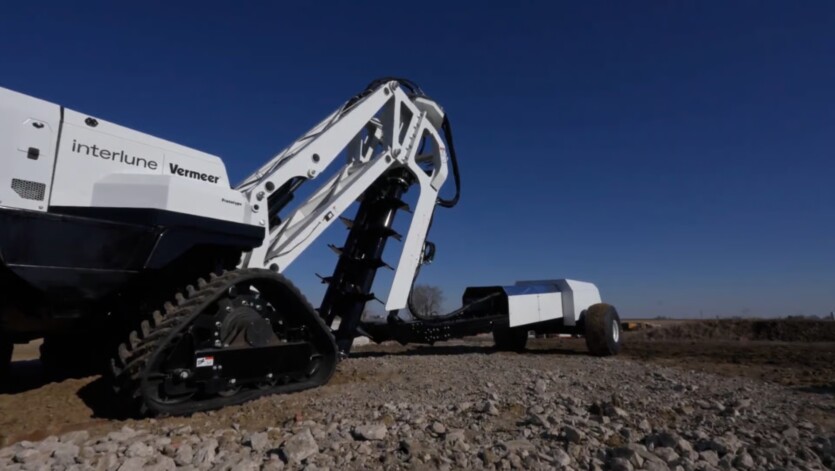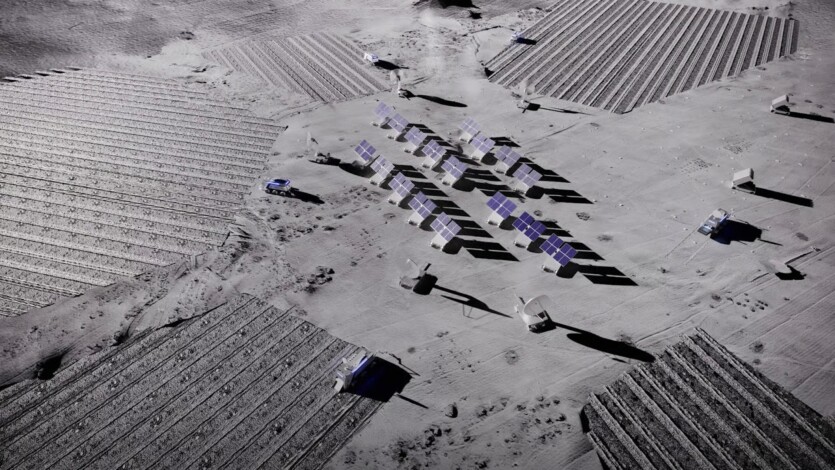
The American startup Interlune has presented a full-fledged prototype of a lunar harvester for collecting helium-3 (3He), which is in short supply on Earth, but in sufficient quantities on our satellite.
In 2008-2009, the US officially recognized a deficit (3He) — a stable helium isotope with prospects in energy production and medical research, in cooling systems of quantum computers and other areas. The United States produces helium-3 through the decay of tritium, which until recently was available in sufficient quantities thanks to its powerful nuclear industrial complex. However, these reserves have recently declined significantly.
Meanwhile lunar soil (regolith), is believed, to contain a large amount of (3He), which was formed there as a result of the solar wind. The collection of helium-3 on the Moon is divided into several stages, including soil extraction, sorting and separation.
As part of the first stage, Interlune collaborated with Vermeer, a manufacturer of heavy industrial machinery. By the middle of last year, a prototype of a slightly reduced lunar harvester was created and tested. Now, the developers have presented a full-fledged prototype designed to reduce traction, energy consumption and dust compared to traditional trenching methods.

This month-long shearer is expected to extract up to 100 metric tons of regolith per hour, operating continuously. Вy Interlune says, it is actively developing and testing these and other components in lunar gravity and in its cryogenic laboratory at its Seattle headquarters. The development timeline envisages that a pilot helium collection facility will reach the Moon by 2029 after the mission to check the helium-3 concentration in 2027.
Interlune has already signed a contract with its first commercial customer, Maybell Quantum. The quantum computing firm has committed to purchase thousands of liters of helium-3 as part of an annual supply from 2029 to 2035. The isotope will be used as fuel for Maybell Quantum’s dissolution refrigerators.
However, a number of key issues need to be resolved on the way to these ambitious plans. Alternatives, such as the synthesis of helium-3 on Earth, remain poorly understood but are potentially more cost-effective. Industrial extraction of lunar regolith has never been carried out in real conditions. This is due to problems such as extreme temperatures, low gravity, and lunar dust that is harmful to equipment.
In addition, international agreements on the status of the Moon from 1967 and 1979 make lunar mining a controversial issue. Whether such endeavors can be ethically and sustainably pursued without violating international frameworks remains a question that must be addressed by policymakers and global stakeholders.
Upside down: the Athena module landed on the Moon, but not without problems

Spelling error report
The following text will be sent to our editors: